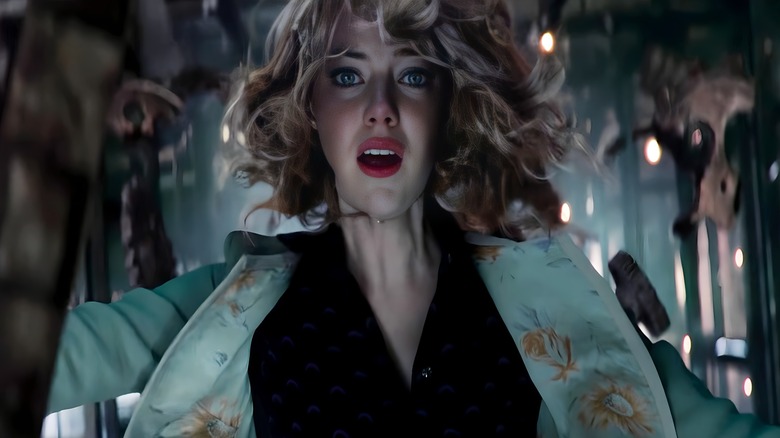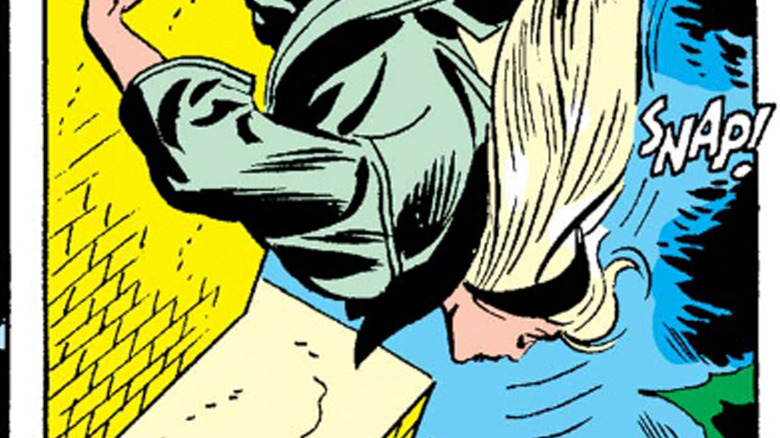Spider-Man: The Science Behind Gwen Stacy's Death - Was There A Way To Save Her?
It's one of the most iconic and immensely tragic deaths in comic book history that even the most casual web-head will know as a crucial chapter in "Spider-Man" lore. Gwen Stacy falling to her doom changed Peter Parker forever and added even more weight to the age-old risk of heroes and loved ones that can get in harm's way. But while alternate dimensions have shown Gwens make it through and live different lives entirely than the one that was cut short, is there any way that the second biggest snap in Marvel history could've been averted? The truth is, after looking at all the various factors involving Gwen's demise, there really couldn't have been a way for her death to have been averted, even with the inclusion of a wall-crawling hero to help save the day.
For those who don't know, Gwen Stacy suffered a tragic death in "The Amazing Spider-Man" #121, after she is thrown from a bridge by Green Goblin, with Spider-Man failing to rescue her. While grabbing her before she fell, his webbing created a whiplash effect, snapping her neck. It killed her anyway, and the loss affected our hero, understandably, a great deal. But difficult as it was for Peter/Spider-Man to deal with Gwen's death, science itself suggests that she was doomed from the start.
Gwen was dead, with or without Spider-Man's rescue attempt
If we're going to be totally realistic about this (well, as much as we can be about a woman being saved by a man who can crawl up walls), the only thing that could've stopped Gwen's fall besides Spider-Man was the water under the bridge. Given the height from which she dropped and the velocity at which she was moving, another branch breaking from the Stacy family tree was inevitable. After doing the math, Science ABC concluded that Gwen was moving at 95 mph when Gobby dropped her, and the force upon her body from that fall was 10 times her weight, which they estimated at around 110 pounds. In simpler terms, Gwen was falling too fast and with too much force for Spidey to save her.
Had the wall-crawler not been there, she would've certainly died, but even in his effort to save the day, Spider-Man wouldn't have changed the situation. Stopping her body from the fall in such a short space of time created a whiplash on her entire body, thus snapping her neck. Had there been more space between the ground and the point at which the wall-crawler caught his lost love, a smaller amount of time provided from the webbing pulling back could've led to a bungee-jump-like effect, but it just wasn't meant to be. Sadly, in a comic book world of super intellectuals and wrong science experiments gone right, Gwen Stacy's fall was certain.

